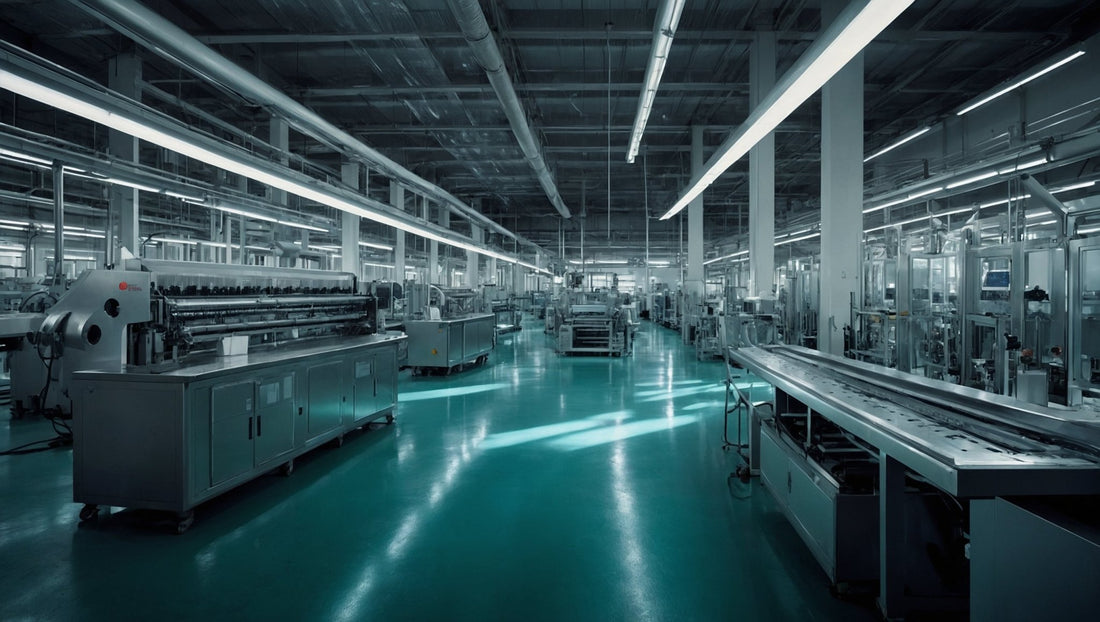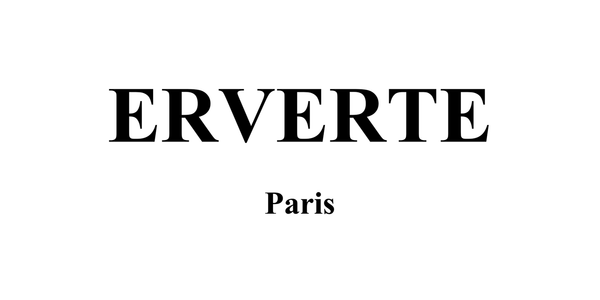
Consumer Guide: Understanding "Made in Europe" Regulations by Country
Share
The "Made in Europe" label is often associated with high quality, ethical production, and sustainability. However, its meaning varies significantly depending on the country. Some European nations have strict requirements for products to be labeled as "Made in EU," while others allow the label with minimal manufacturing processes completed in Europe.
This guide helps you understand how different countries regulate the "Made in Europe" claim, ranking them from the most to the least strict.
🔍 Why Does "Made in Europe" Matter?
- ✅ Supports ethical and sustainable fashion – Ensures local production and fair labor conditions.
- ✅ Guarantees higher quality – European regulations impose strict quality and safety standards.
- ✅ Avoids misleading marketing – Some products claim to be European-made but are mostly produced elsewhere.
🏆 The Strictest Countries: Authentic "Made in Europe" Products
These countries require at least 50% of the product’s value to come from European manufacturing. Key production steps must take place locally.
France
- Requires significant transformation in France.
- Simply assembling imported parts does not qualify for "Made in France."
- Strict enforcement by DGCCRF (Fraud Prevention Authority).
Germany
- Similar to France: the product must be mostly made in Germany.
- Components cannot be imported and simply assembled in the country.
Italy
- Protects the "Made in Italy" label with strict rules for European-made products.
- Key production stages must occur locally (design, cutting, assembly, finishing).
💡 Best choice for consumers who want truly European-made products!
⚖️ Medium-Strict Countries: A Balance Between Quality and Flexibility
These countries enforce serious regulations but allow some exceptions, particularly regarding raw materials and components.
Spain
- Requires most production stages to be in Spain.
- Some imported materials are allowed if final assembly happens in Spain.
Portugal
- Similar to Spain but more flexible on raw material sourcing.
- Design and assembly must be in Portugal, but fabrics and components can be imported.
Netherlands
- Requires final assembly in Netherlands, but components can be sourced internationally.
💡 A good balance between European craftsmanship and affordability.
⚠️ The Least Strict Countries: A More Flexible "Made in Europe" Label
These countries have looser requirements, meaning products labeled "Made in EU" may have most of their production outside Europe.
Poland
- Final assembly in Poland is enough to qualify for "Made in Poland."
- Less control over where raw materials come from.
Romania
- High outsourcing allowance: Manufacturing can be done outside Europe, as long as assembly is in Romania.
Bulgaria
- One of the most flexible countries: a minor finishing step in Bulgaria can be enough for the label.
💡 Be cautious when buying "Made in Europe" from these countries if you prefer local production.
📌 How to Verify If a Product Is Truly "Made in Europe"?
✅ Check the label carefully – Look for details on manufacturing locations.
✅ Research transparent brands – Ethical brands often disclose their production process.
✅ Look for extra certifications – Labels like Origine France Garantie or EU Ecolabel provide stronger guarantees.
✅ Ask the seller – A reliable manufacturer should explain where and how the product is made.
🛍️ Conclusion: Smarter Shopping with Better Information
The "Made in Europe" label has different meanings depending on the country. If you want a product truly made in Europe, choose countries with strict regulations like France, Germany, or Italy. For a mix of quality and affordability, Spain and Portugal are good options. If a product is labeled "Made in EU" from Poland, Romania, or Bulgaria, be aware that much of the production may happen outside Europe.
👉 As a consumer, you have the power to support ethical and sustainable European fashion!
